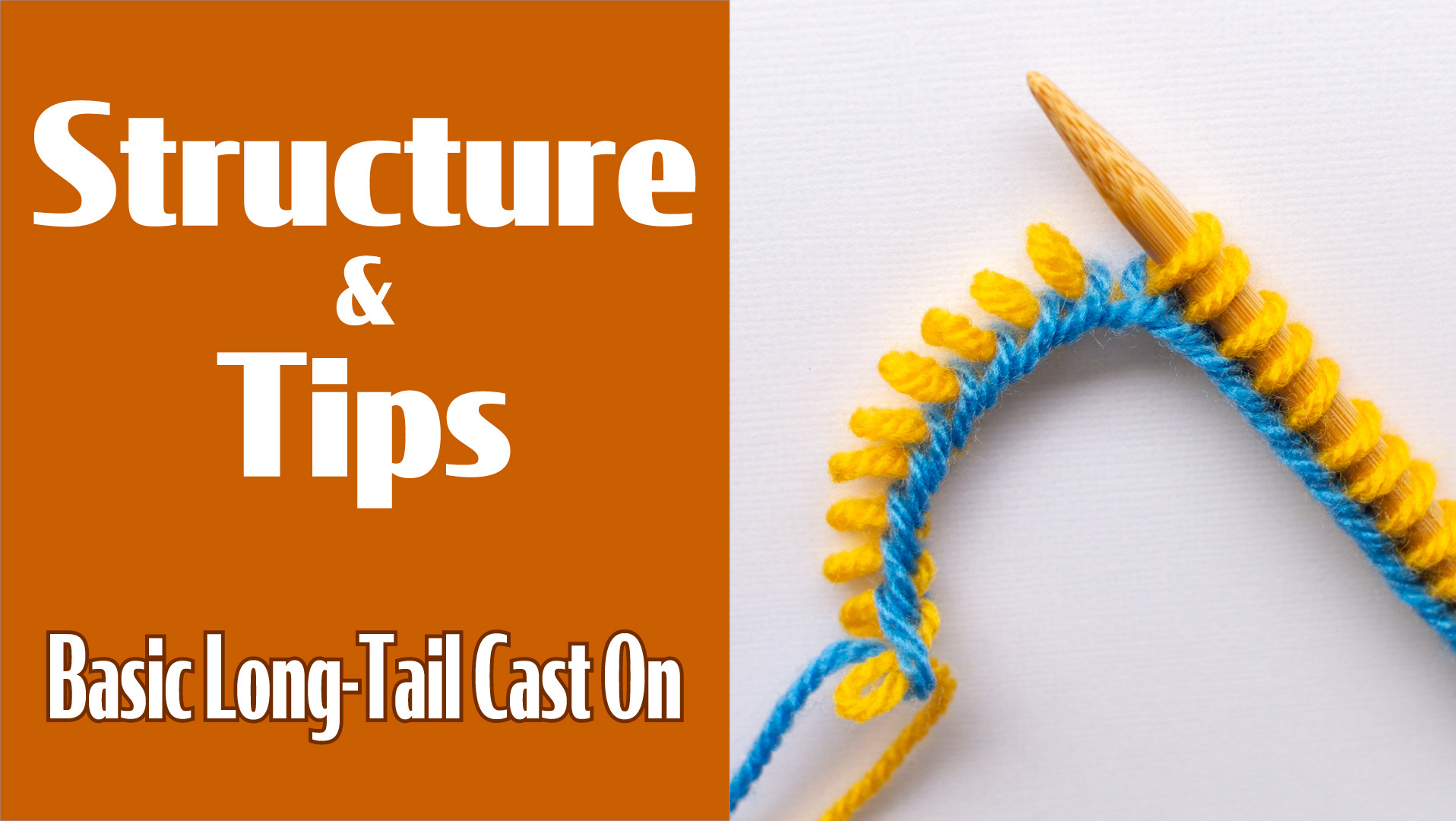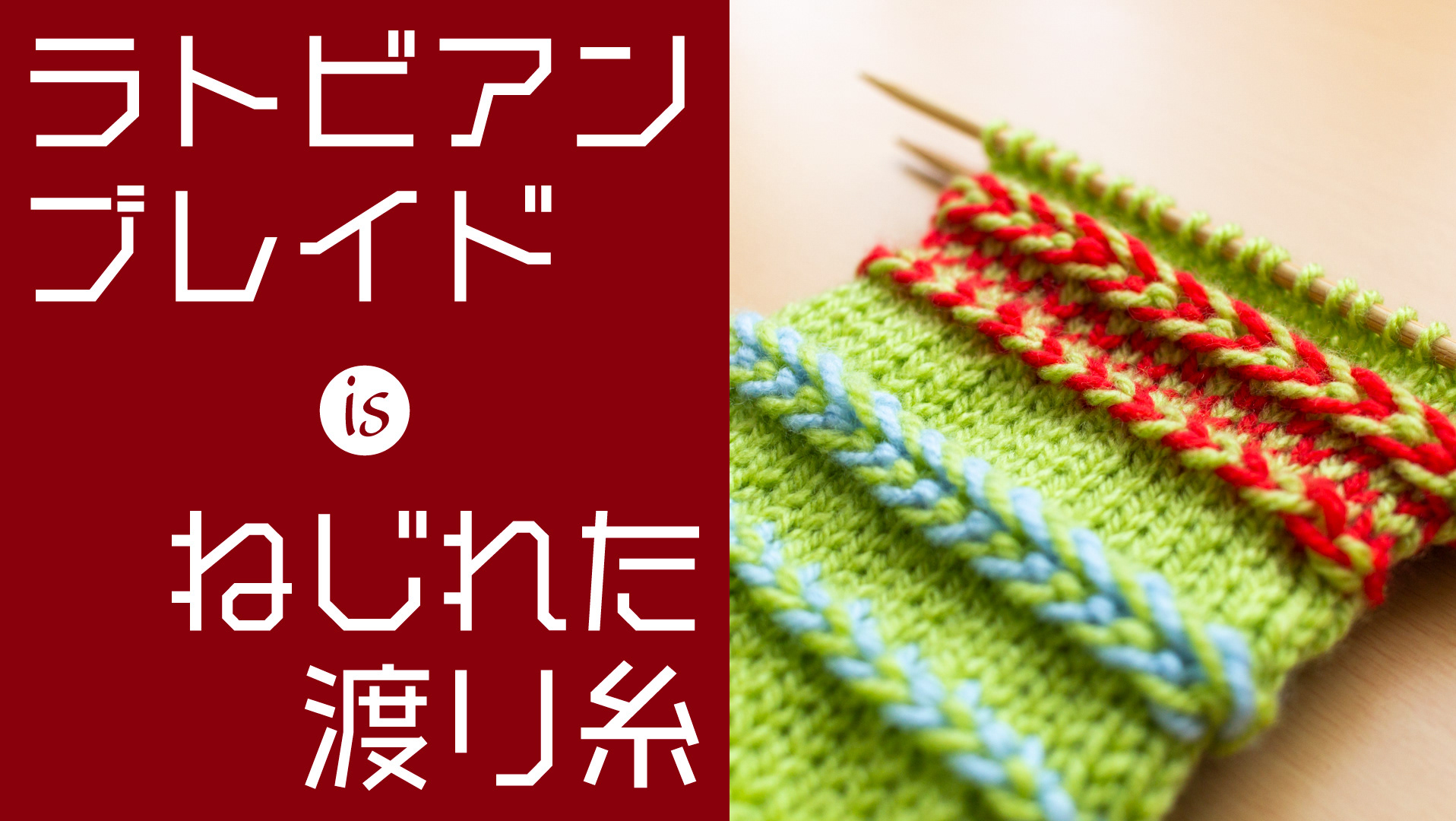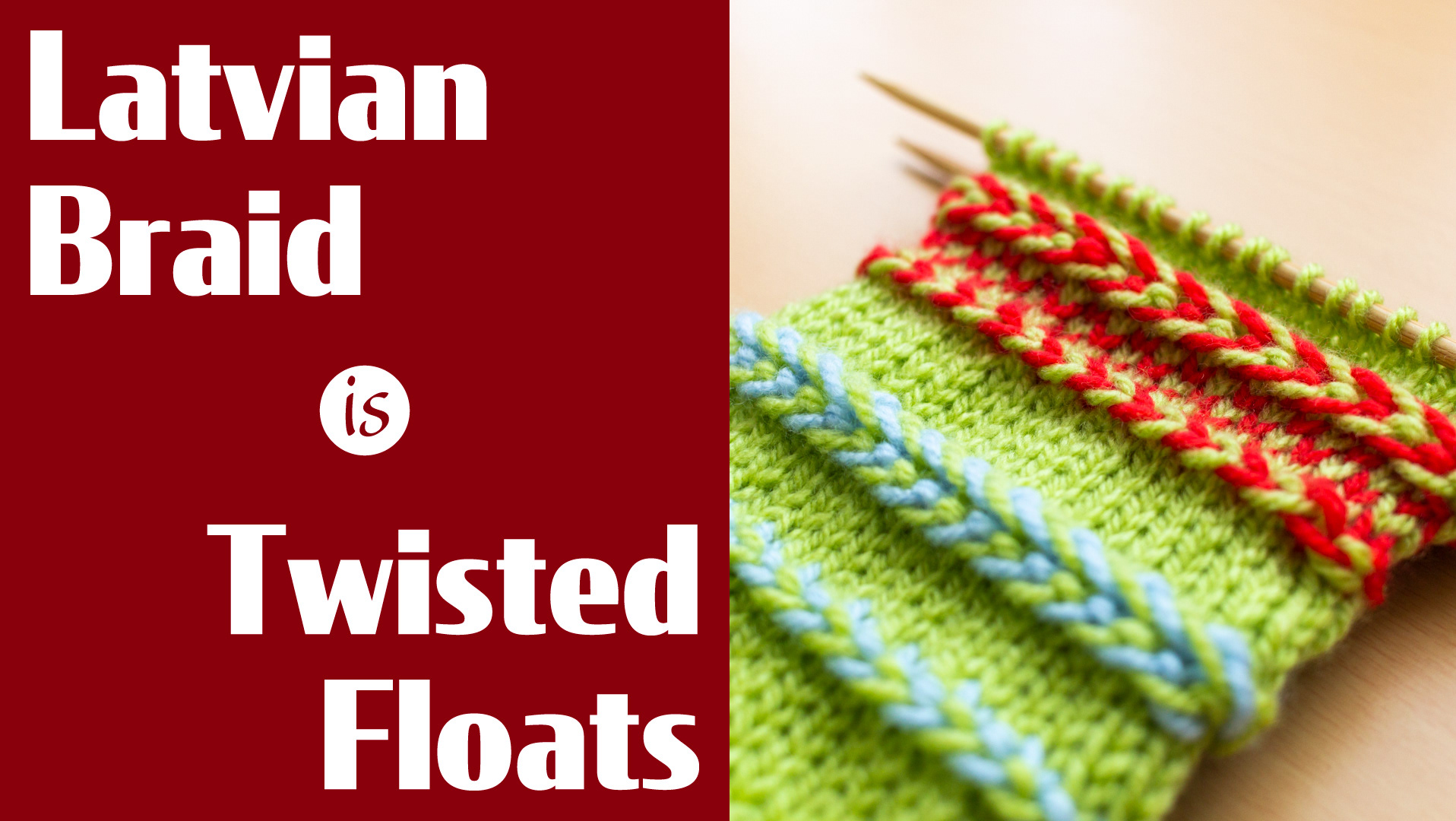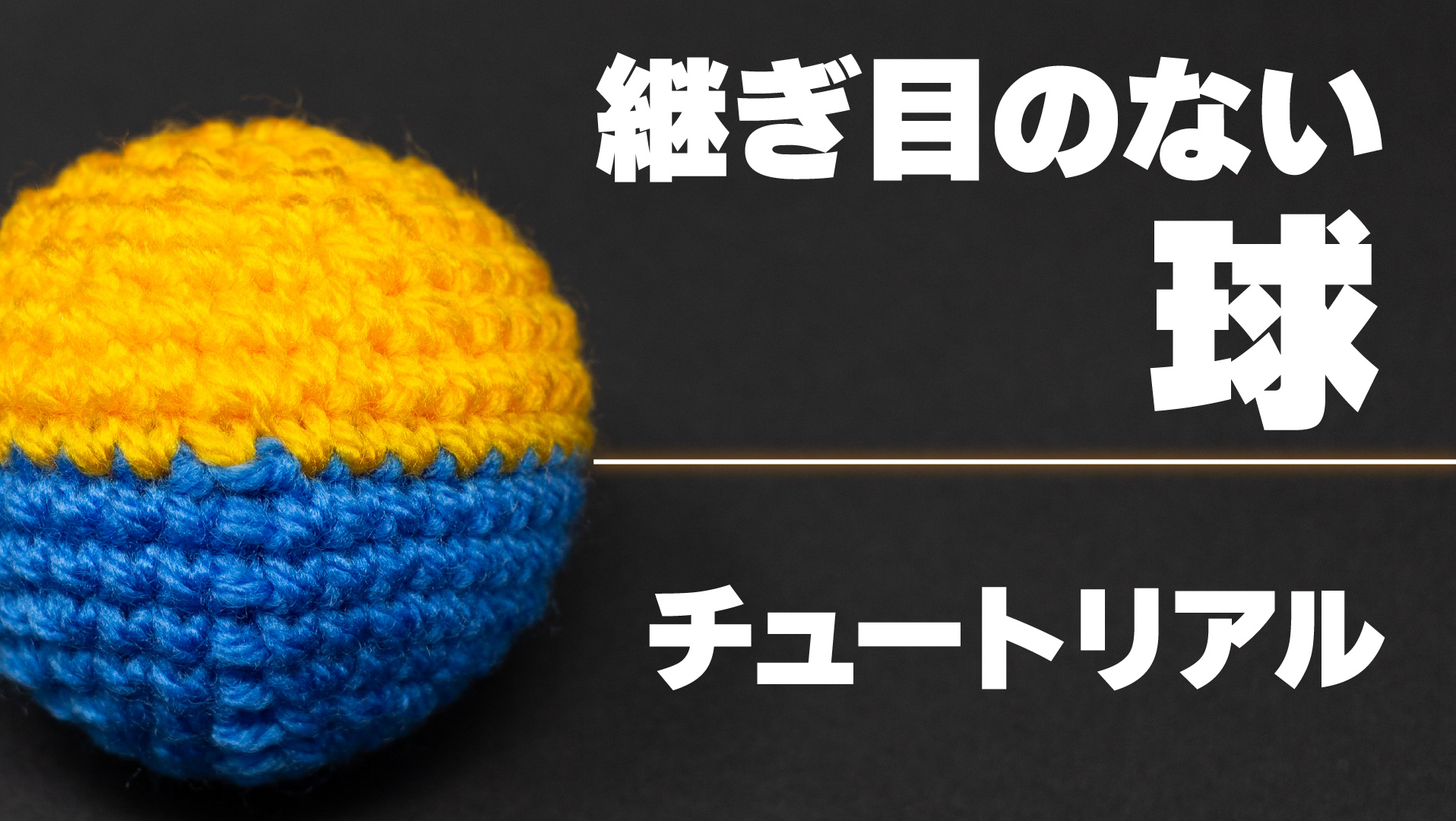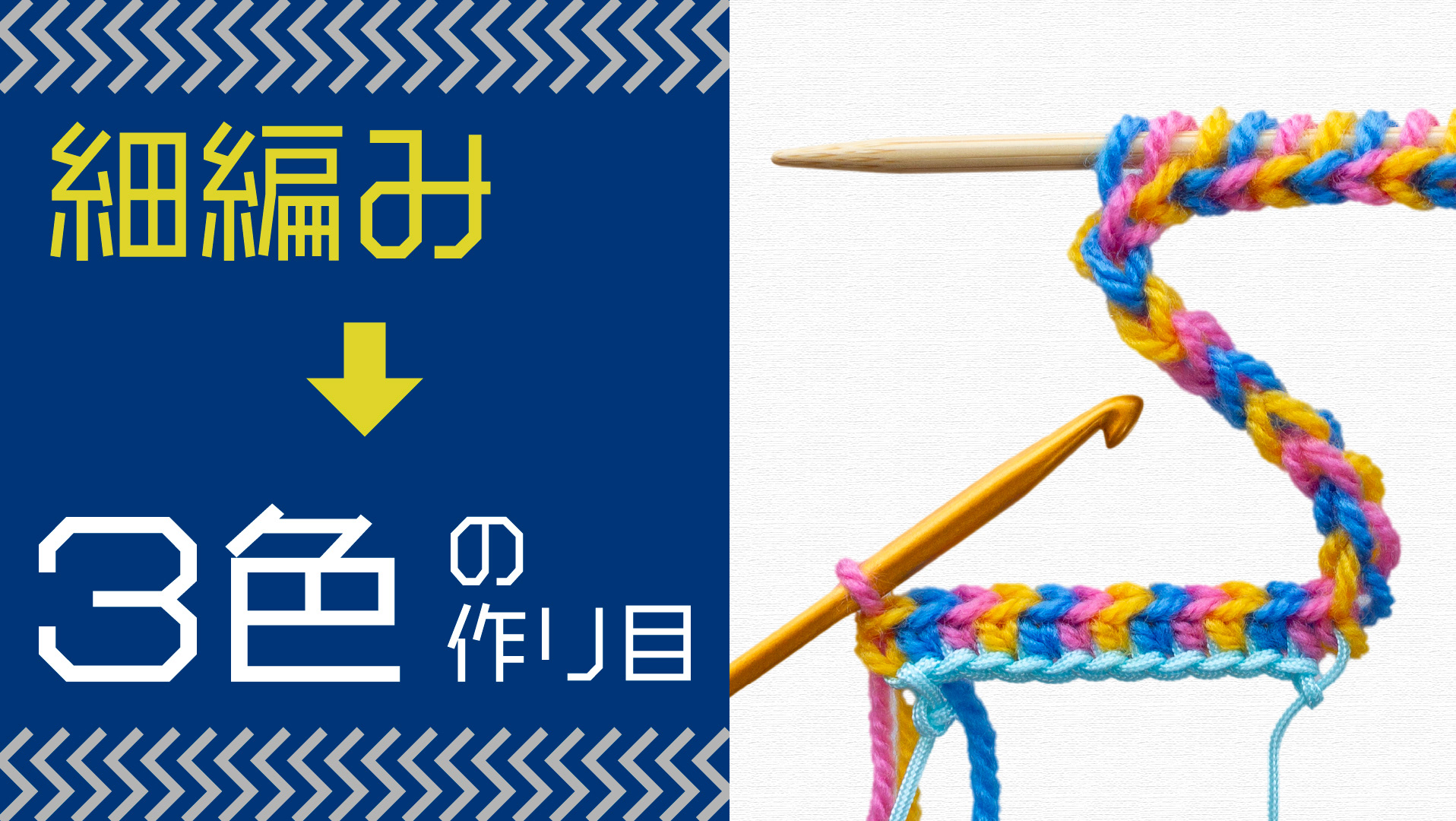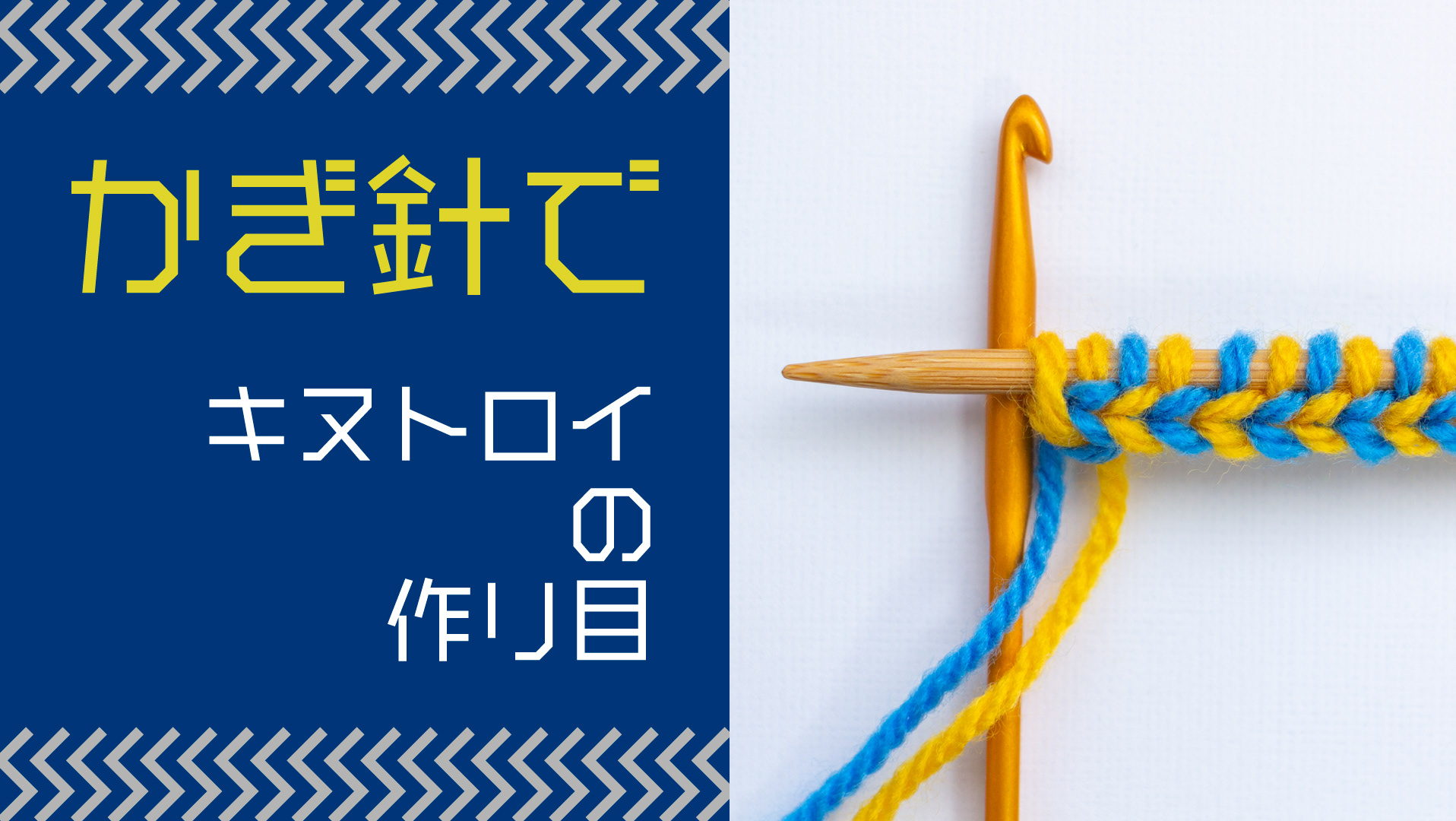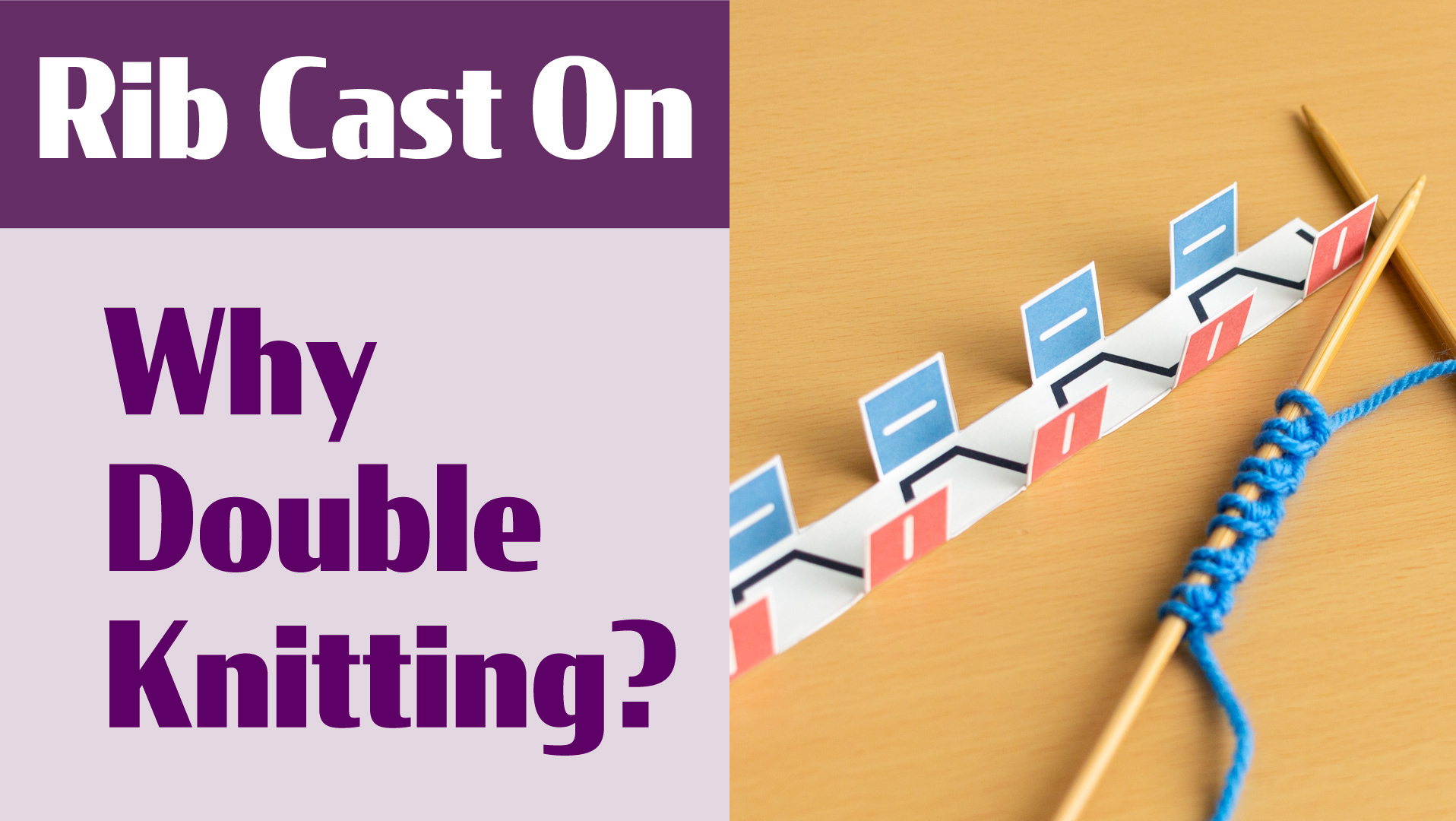This video explains all the elements related to Ribbing, including the mechanism of expansion and contraction, Cast-On, Bind-Off, and more.
Highlights
The structure of Ribbing can be created by bending Stockinette. This is the basic idea behind Ribbing Cast-On.
( 4:27~ )
( 4:27~ )
Why is it possible to create a bag-like structure just by repeating Knit stitch and Slip stitch?
( 11:31~ )
( 11:31~ )
Opening the Long Tail Tubular Cast-On reveals that it has the same structure as the Cast-On made from the Provisional Chain.
( 15:18~ )
( 15:18~ )
The stitch at the end of Double Knitting can be easily switched between Knit stitch and Purl stitch.
( 16:56~ )
( 16:56~ )
If you want to switch between knit and purl on the end stitch, you must knit one round with double knitting.
( 20:45~ )
( 20:45~ )
In double knitting, adjacent stitches are not actually connected to each other. So the order can be swapped to make a 2x2 Rib.
( 22:10~ )
( 22:10~ )


